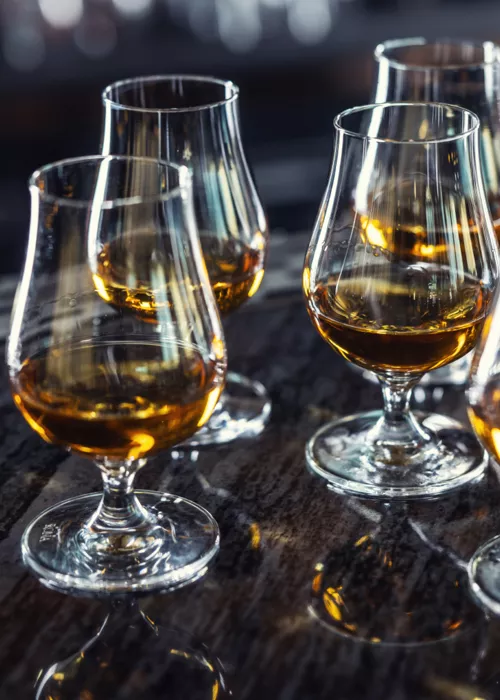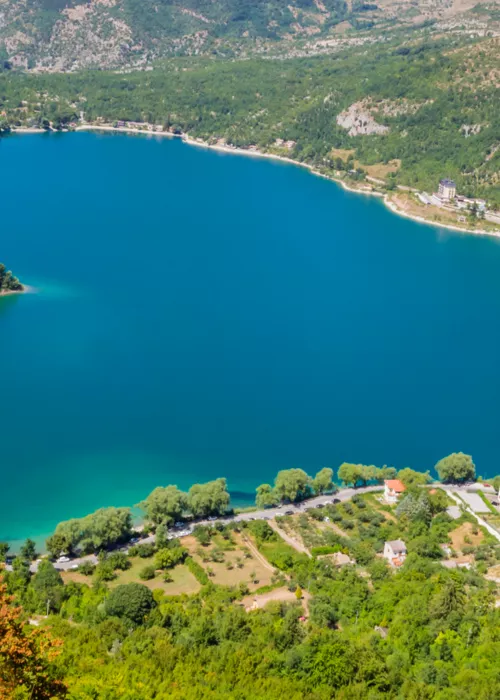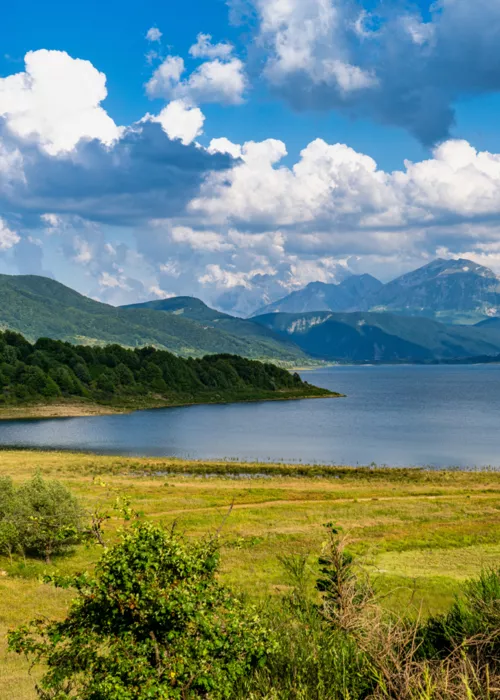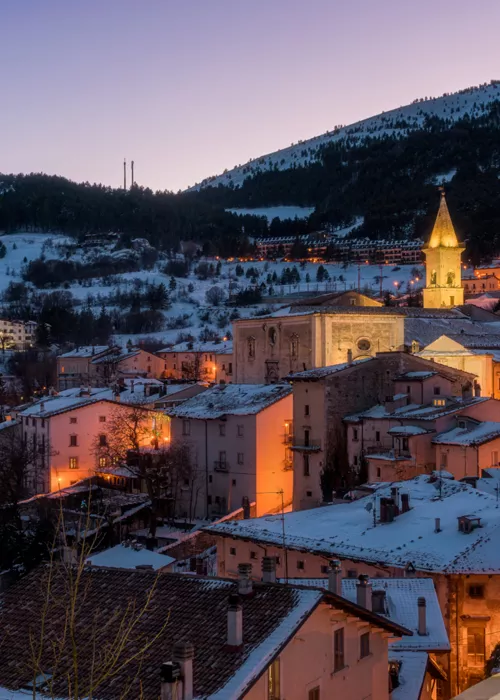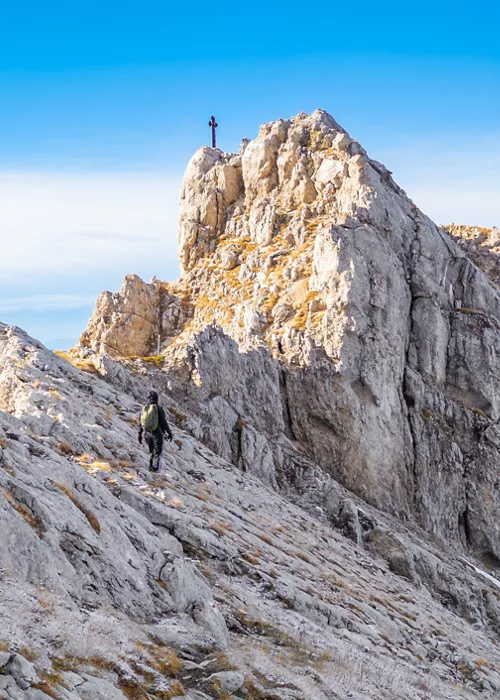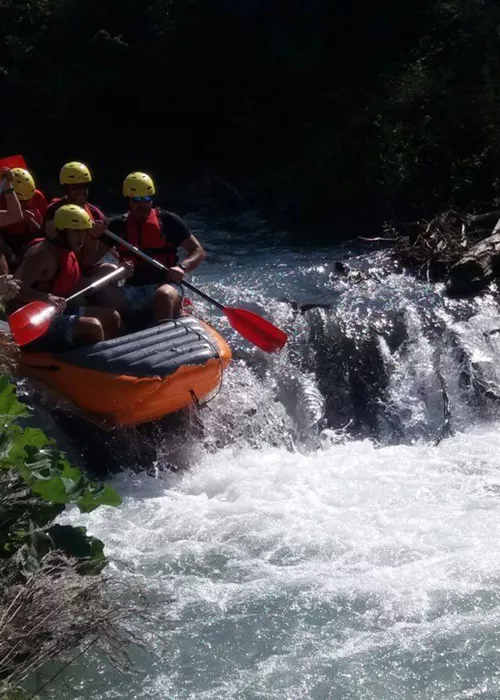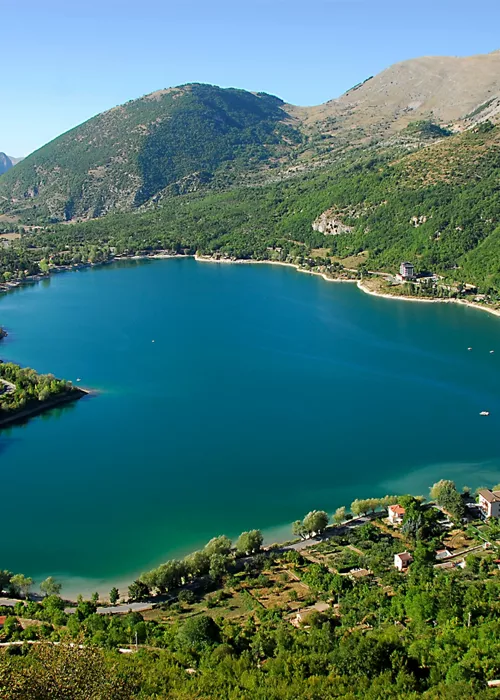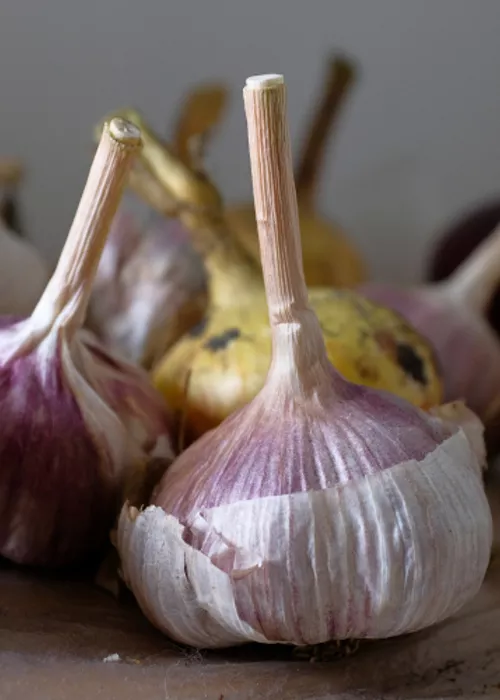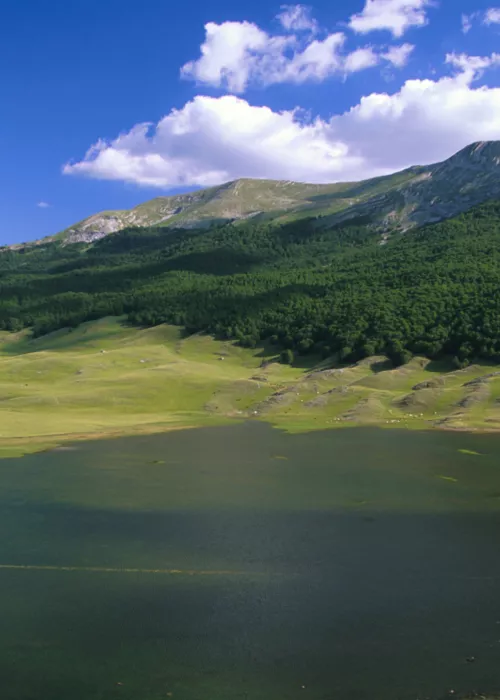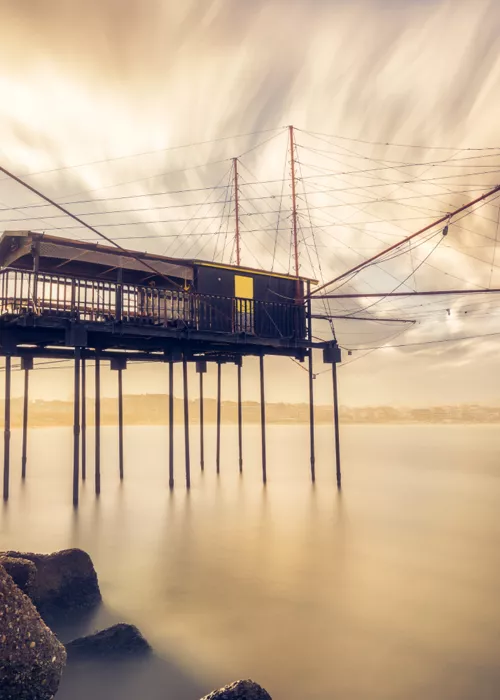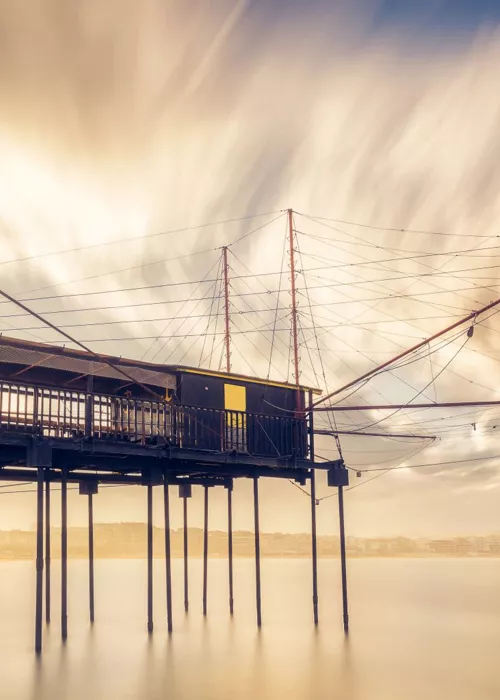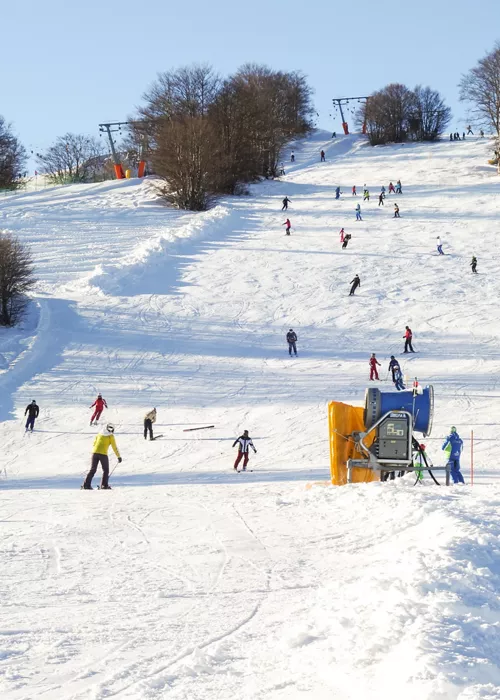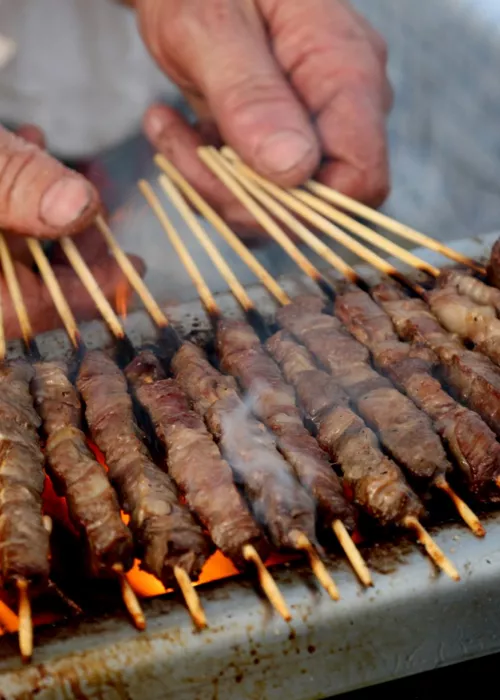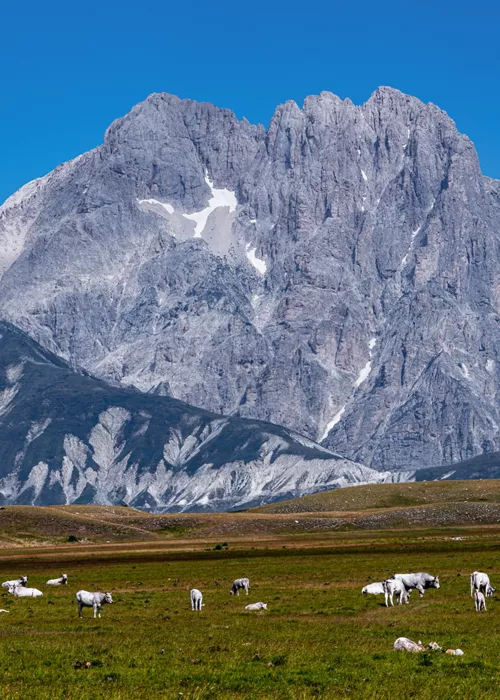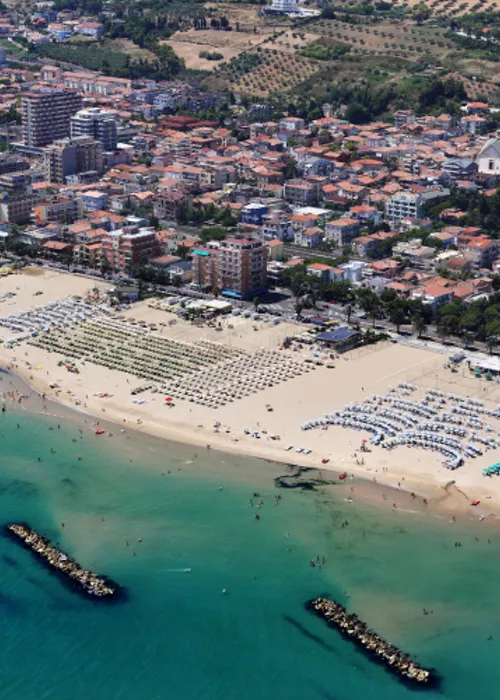3 hidden mountain villages to discover in Abruzzo
5 minutes

Index
Alongside the highest peaks of the Apennines, we visited three hidden mountain villages of inland Abruzzo. We strolled through steep alleys, walked through abandoned villages, visited centuries-old churches... and tasted the local gastronomy.
Capestrano

Before reaching Capestrano, a small village of less than 1,000 inhabitants, we had already taken dozens of photos of it. The amazing scenery from the road, with the tower of Piccolomini Castle on one side and the bell tower of Santa Maria della Pace on the other, made us stop after almost every bend!
Top 5 things not to miss
- The Piccolomini Castle and the Guerriero di Capestrano
- Tasting the spaghetti alla chitarra con gamberi di fiume and the trout
- The church of San Pietro ad Oratorium
- Canoeing on the Tirino river
- An excursion to San Clemente a Casauria
There are two best places to enjoy the view of Capestrano: from the convent of San Giovanni di Capestrano, with the olive trees in the foreground – don’t forget to enter the church! – and from the SS602 road, specifically from the bend closest to the village from the north.
With such a letter of introduction from the road, it was clear to us that the first place we had to visit in Capestrano was the Piccolomini Castle. It couldn’t be simpler: it is right in the main square and, being the town hall, it is always open. At its door, we were greeted by a reproduction of the Guerriero di Capestrano (the original is in Museo Archeologico Nazionale d'Abruzzo in Chieti). The Capestrano Warrior is a 2+ metre high statue of an Italic warrior from the 6th century BC. We didn't miss the chance to take a selfie with him. Afterwards, the castle's courtyards and walkway awaited us. The first courtyard leads to the viewpoint overlooking the Tirino valley and one of the most famous fortresses in Abruzzo: Rocca Calascio.
Being so close to a river, the gastronomy had to be a little different and we checked it out in the main square itself. We had Spaghetti alla chitarra, a classic all over Abruzzo, but here, the sauce is made with gamberi di fiume, crayfish. Fish are also among the main dishes: trout and crayfish from the Tirino river. And, of course, the classics of the region such as lamb, baked scamorza and saffron.
We continued on our journey from Capestrano and drove to the church of San Pietro ad Oratorium, a Romanesque jewel. Benedictine monks lived here from the 8th century. Today not much remains of the monastery, but its 12th century church, the ciborium and the majestic fresco of Jesus make the 10-minute drive definitely worth it.
A little further down the road is the starting point for canoe trips and off we went. We are not the greatest paddling experts, but we had a fun time and burned off the calories from lunch.
After stretching our muscles, we returned to the car to drive a little more than 15 minutes to the last must-see in the area around Capestrano: the 9th century abbey of San Clemente a Casauria. We were back in Romanesque times and another beautiful ciborium, pulpit and crypt awaited us. On the way to the abbey, we stopped at the roofless ruins of the church of Santa Maria di Cartiganano.
Ofena

“Abandonment" was the reason why we approached the small village of Ofena. We are not talking about its abandonment, almost 500 people live in Ofena, but about the abandonment of its surroundings. No less than two abandoned villages and a third one submerged under a lake. Would we meet any ghosts?
Top 5 things not to miss
- Strolling through the historic centre
- The view of Capestrano
- Getting lost in the abandoned villages in its surrounding area
- Diving in a lake with submerged windmills in Capodacqua
- Visiting the most famous fortress of Abruzzo: Rocca Calascio
Before embarking on this "abandonment", we decided to take a walk through the historic centre of Ofena and were pleasantly surprised by its narrow streets, steep slopes, arches and arcades in large houses. One of those arches is the perfect frame for the view of Capestrano leaning against the mountainside. Don't think that the view of Ofena from the road is not worth it, we also stopped a few times at the Contrada delle Fonnere to take a photo souvenir with us.
With the inhabited part visited, we moved on to the abandoned areas. There are two abandoned villages in the surrounding area: Pagliare di Ofena and Borgo San Silvestro. The former is just west of the SS602 road – the one with the views of Capestrano – while the latter is to the east and a bit remote. We confess that it took us a while to find it, but wandering around the ruins of houses and precariously balanced walls engulfed by nature was an experience that reminded us of Angkor in Cambodia. The third abandoned village around Ofena has been under Lago di Capodacqua since 1965. Today it is possible to dive in the lake and see the old buildings of the village.
The last ‘must-see’ in the vicinity of Ofena is less than 15 km from the village, but the winding mountain roads make it a long journey. It takes about 45 minutes of driving through curves and tight bends to reach Abruzzo's quintessential castle, Rocca Calascio, in a village with the Borghi autentici d'Italia (Italy's authentic villages) seal.
Useful information
Best time to visit:
Abruzzo's inland villages are at their best in spring and summer. The days are longer and the temperatures are more pleasant. Early autumn is also a good time, with Navelli's saffron fields in bloom from the second half of October, but you'll find less choice of restaurants in the off-season. In winter you'll find snow – there are ski resorts nearby – which make the scenery even prettier, but the roads more challenging to navigate.
How to get there:
The largest city near Capestrano, Navelli and Ofena is L'Aquila, the capital of Abruzzo. But the nearest airport is in Pescara, less than an hour's drive from Capestrano. Rome is only an hour and a half's drive from L'Aquila, across the Apennines.
Article written about the experience of José A. Álvarez, Salta Conmigo.





